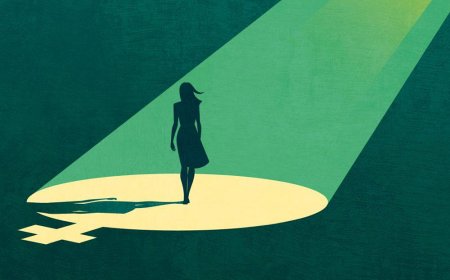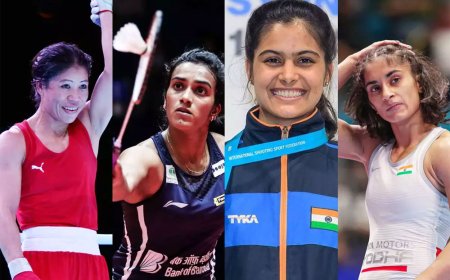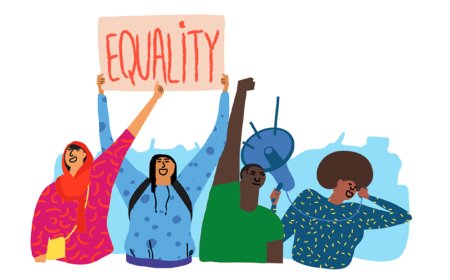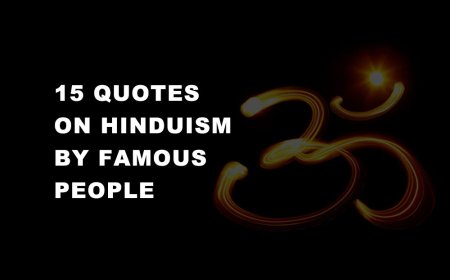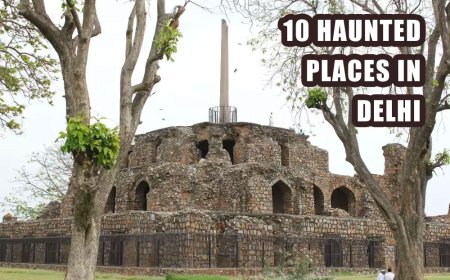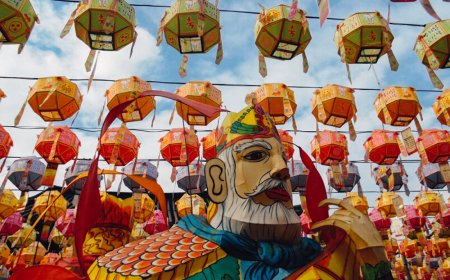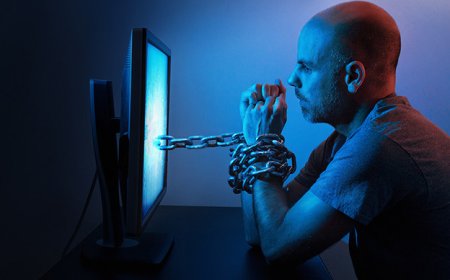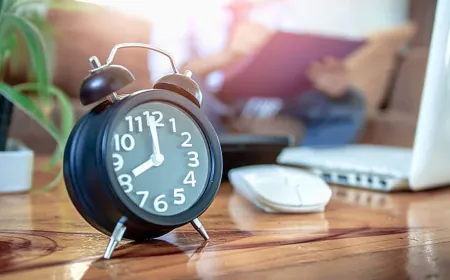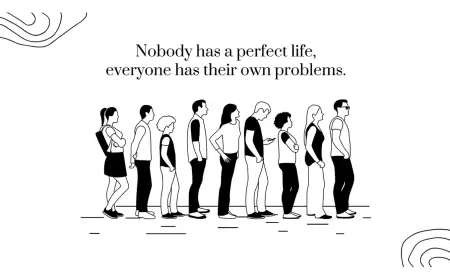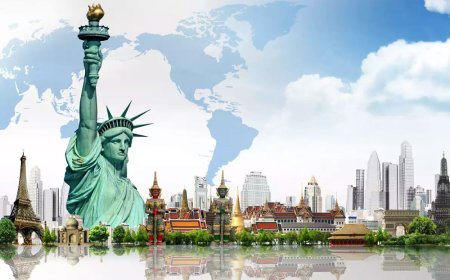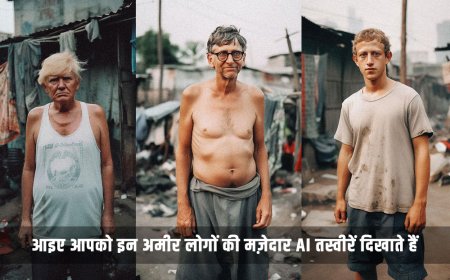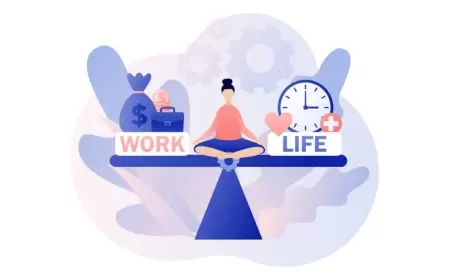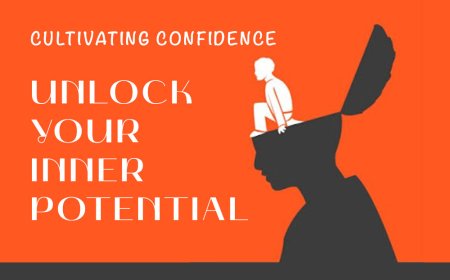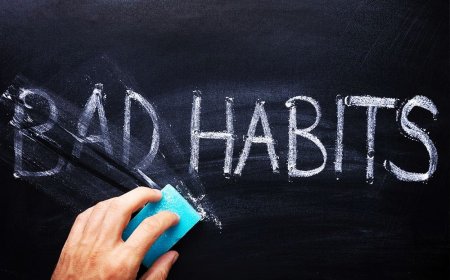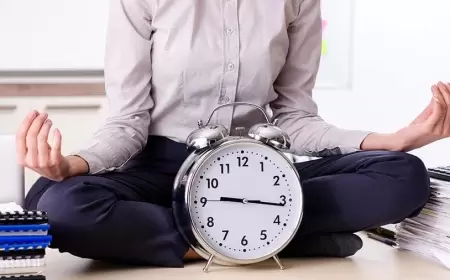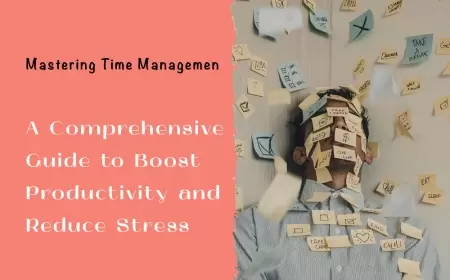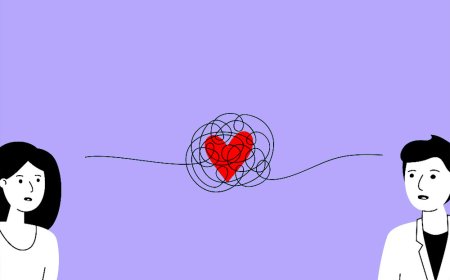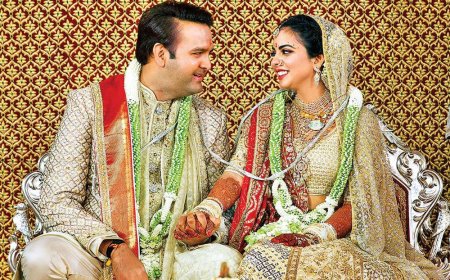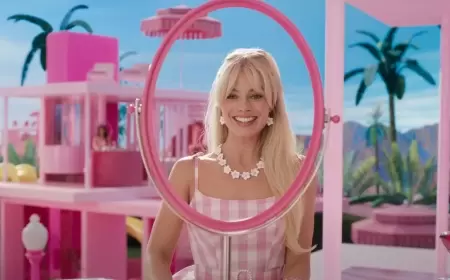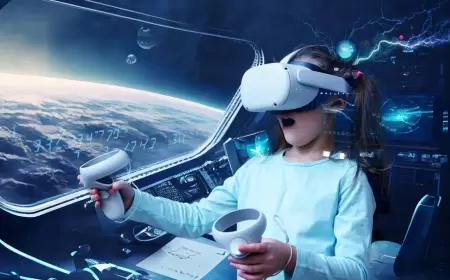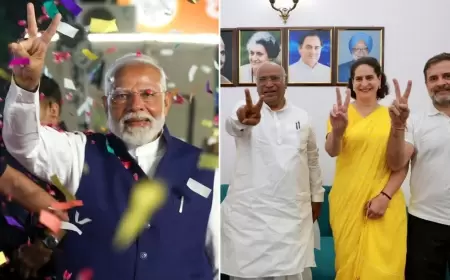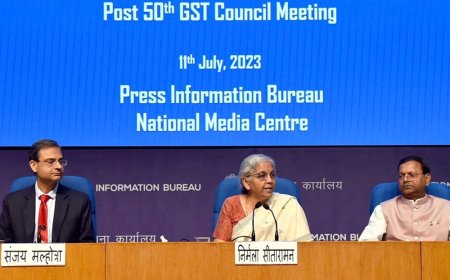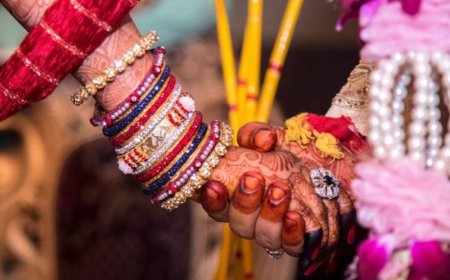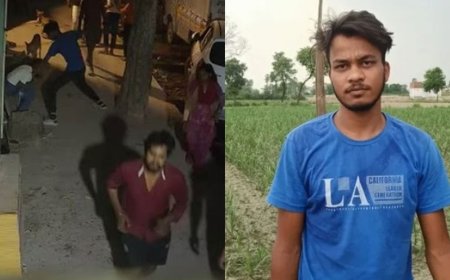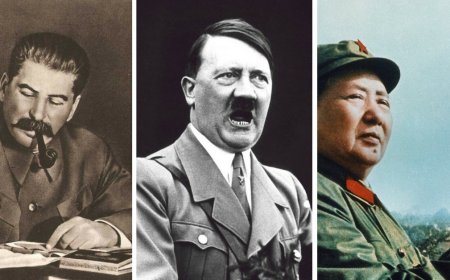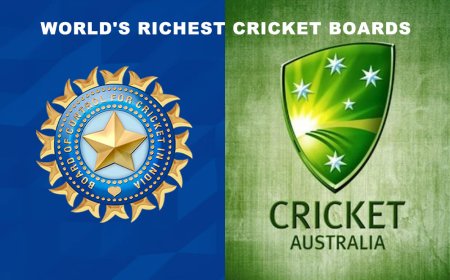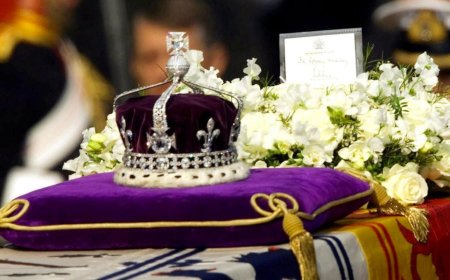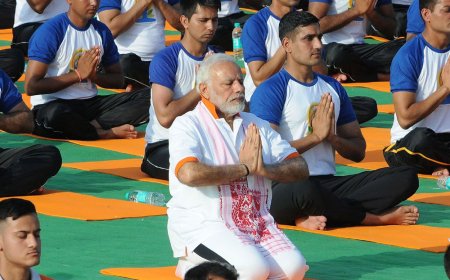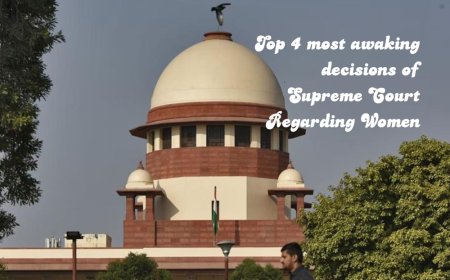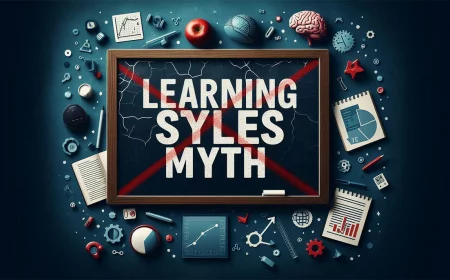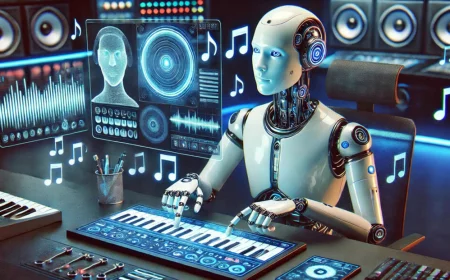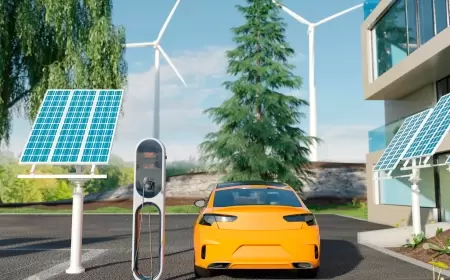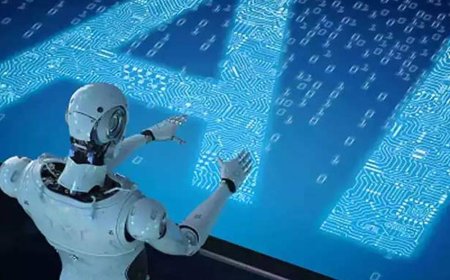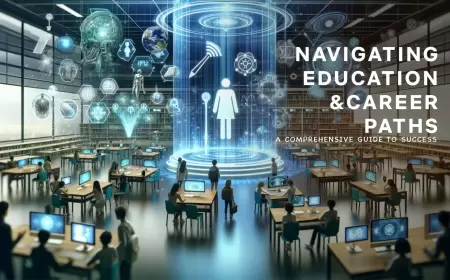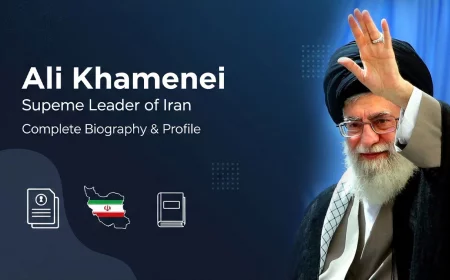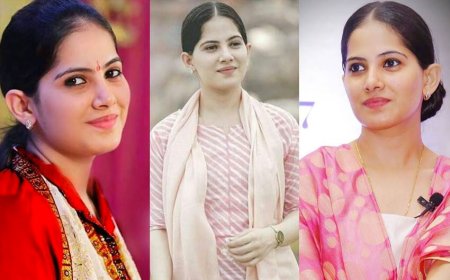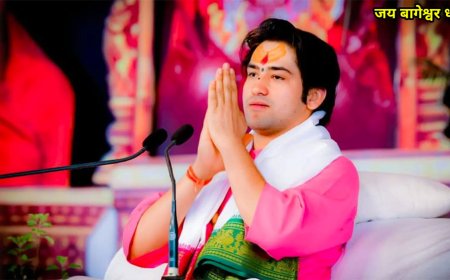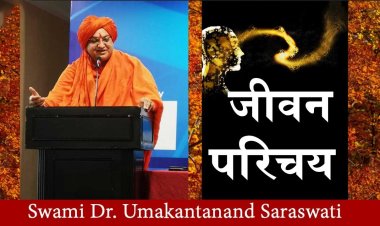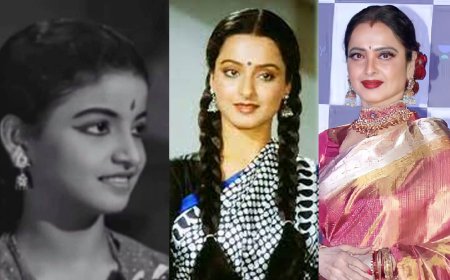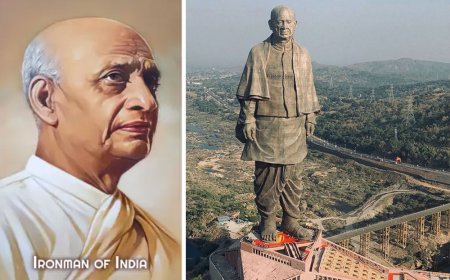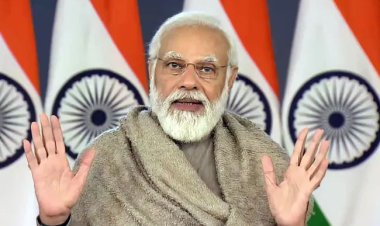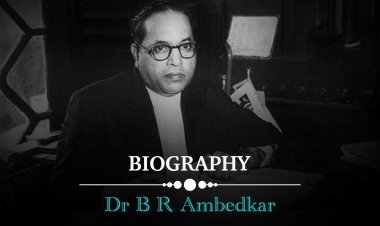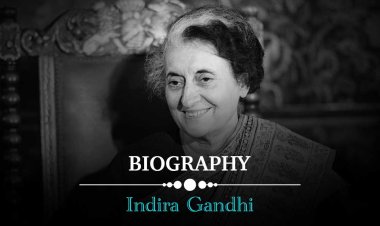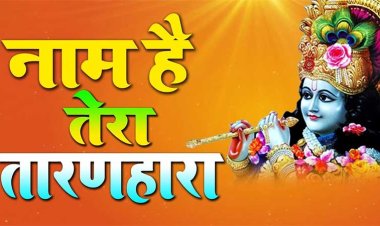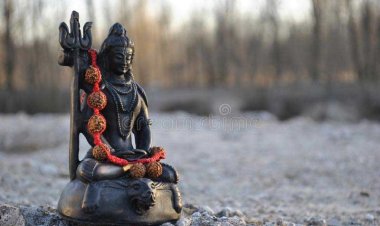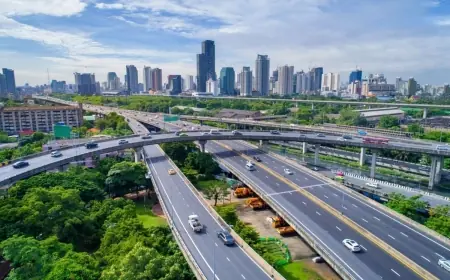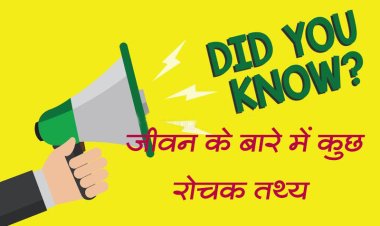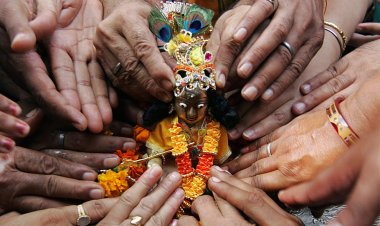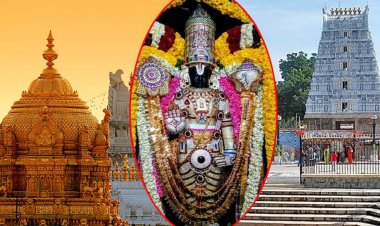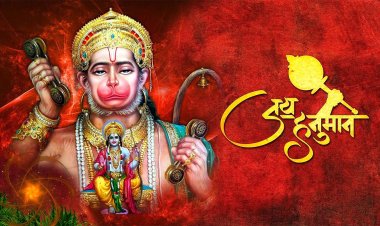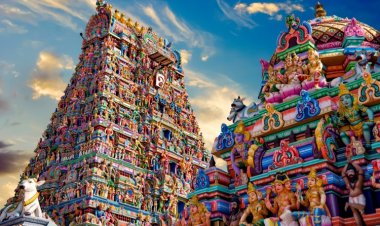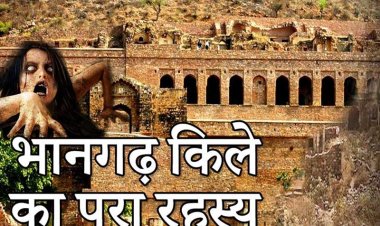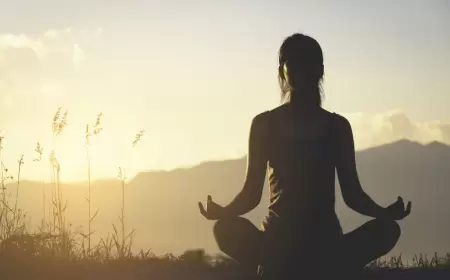POWERS
The Supreme Court of India is a court of record and has the authority to punish contempt itself, as stated quite explicitly in Article 129 of the Indian Constitution. A court of record refers to the decisions, actions, or processes of a court that are logged for testimonial, permanent, and evidentiary purposes. When shown to another court, they are beyond dispute.
The Supreme Court has two powers as a court of record:
- The capacity to declare its jurisdiction and
- The power to impose penalties for contempt of court.
AREA OF WORK
- As the country's highest court, it defends the constitution and informs us of its provisions through its expansive, thought-out judgments, which are regarded as binding.
- The Supreme Court of India has the authority to interpret the Indian Constitution.
- It oversees protecting basic rights. Every Indian citizen has the right to proceed to court under Locus Standi under Article 32 to seek legal redress if their basic rights are violated in any way.
- The Supreme Court has the authority to establish regulations governing its practice and procedure.
- The Supreme Court has the authority to choose the officers and staff that work for it. For instance, it appoints the Supreme Court justices or the Chief Justice of India to carry out its duties. Yet, the applicant must be competent for the position.
CJI- CHIEF JUSTICE OF INDIA
The Chief Justice of India is in charge of the Indian judicial branch. The chief justice is in charge of assigning cases to constitutional benches that handle significant legal issues and is the leader of the Supreme Court.
- The Chief Justice of India is chosen by the Indian President and may serve in that capacity until age 65. Also, the only way to remove the CJI is by parliamentary impeachment.
- The Chief Justice of the Supreme Court is paid a monthly salary of Rs. 280,000 in addition to various CJI-specific benefits. The Remuneration of the Chief Justice of the Supreme Court is covered under Article 125 of the Constitution.
- Sir Maurice Gwyer served as India's first Chief Justice before independence. He assumed leadership on October 1 and served until April 25, 1943. The Chief Justice of India at the time was Mr. M. Gwyer. The first Chief Judge of India (an Indian) was Justice Harilal Jekisundas Kania.
- The Supreme Court position of Chief Justice of India was held by Kamal Narain Singh for the shortest period—just 17 days, from November 21 to December 12, 1991.
- The longest-serving Chief Justice in India is Justice Y. V. Chandrachud, who held the position for 2696 days.
- The 47th Chief Justice of India is Justice Sharad Arvind Bobde, the current CJI.
- The first female judge in India and the first female Supreme Court judge was Fatimah Beevi. From 6 October 1989 until 29 April 1992, she served in the Supreme Court of India. She was from Kerala.
- There are now 27 SC judges in India, including the Chief Justice of India (November 2022). 34 people are officially authorized, including CJI.
THE THIRD PILLAR OF DEMOCRACY- THE JUDICIARY
The judiciary is the third pillar. It is a crucial pillar that guarantees that the text and spirit of the law are upheld and that there is a general feeling of justice and fair play in society.
An important aspect of our democracy is the independence of the judiciary, which is guaranteed by the Constitution. The administration of justice is the judiciary's main duty. The Supreme Court, the High Courts, and the district courts at the lowest level make up the judiciary. The president chooses the judges for the Supreme Court, and the Chief Justices of the high court, in turn, appoint the judges for the lesser courts, hence the judiciary is reliant on the government. As a result, the executive is necessary for the judiciary to operate. A Supreme Court or high court judge may be removed from office by the legislature if there are good reasons to do so.

 Like
0
Like
0
 Dislike
0
Dislike
0
 Love
0
Love
0
 Funny
0
Funny
0
 Angry
0
Angry
0
 Sad
0
Sad
0
 Wow
0
Wow
0









